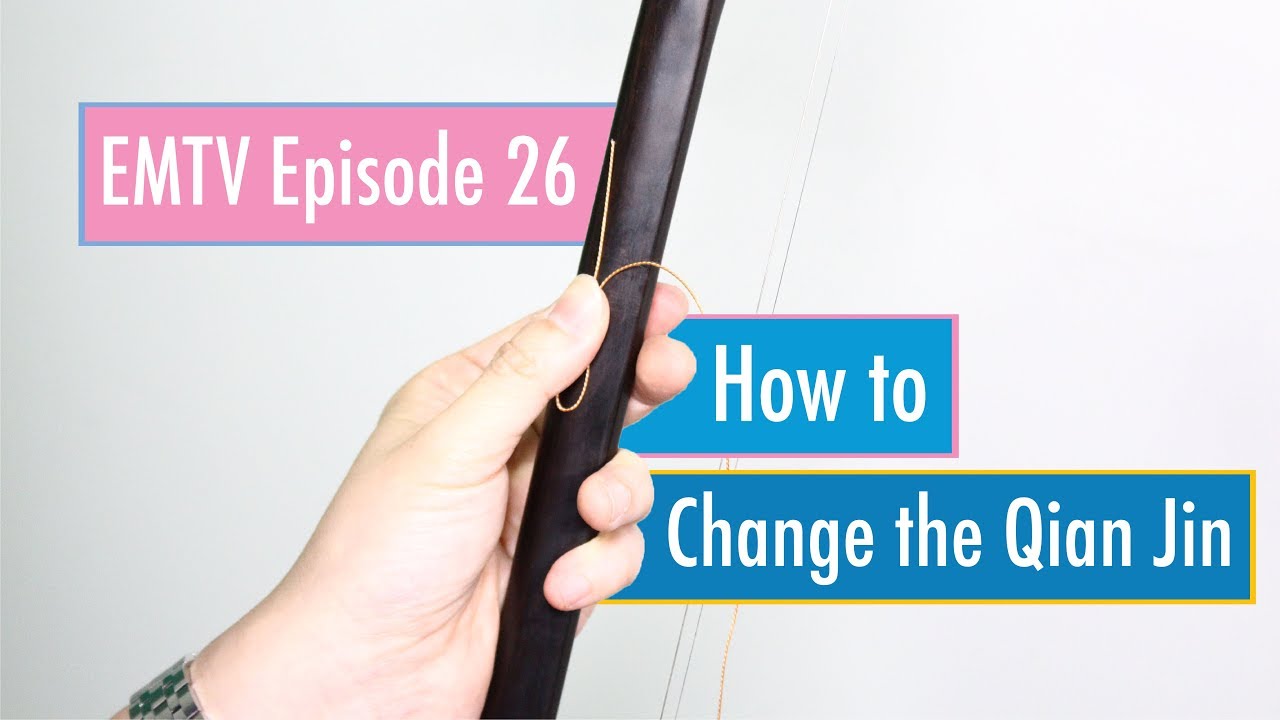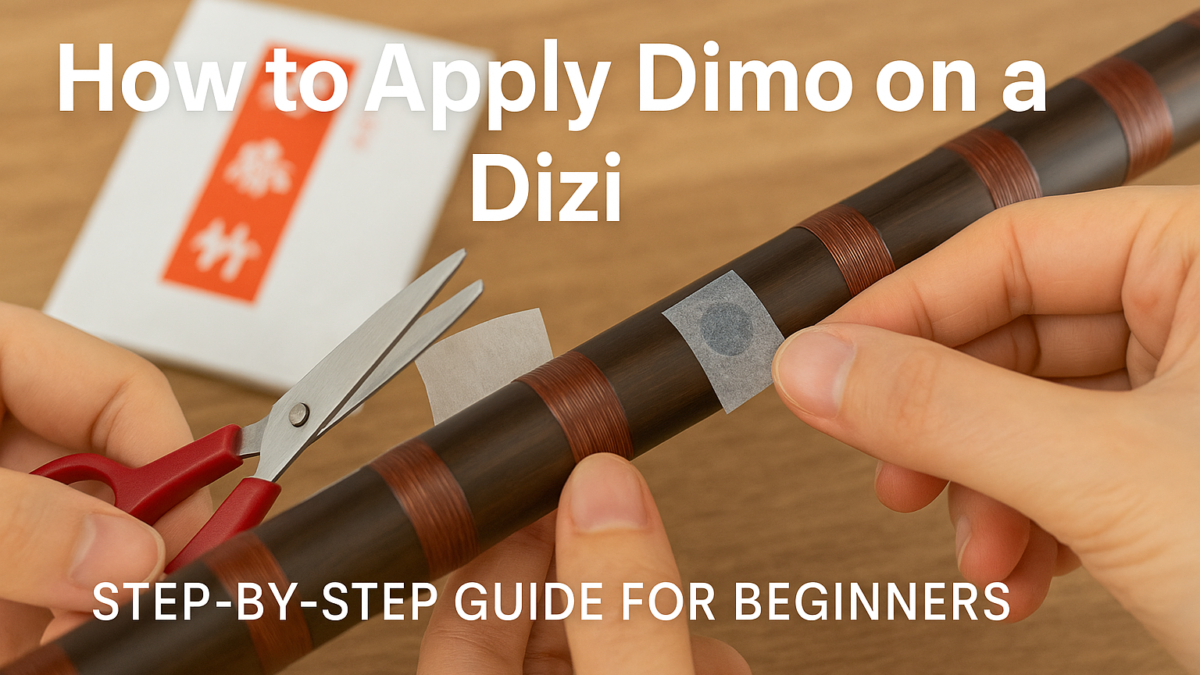
Proper Way to Tie Your Qianjin
July 3, 2018DIY Method to Protect the Dimo on your Dizi
November 26, 2018How to Apply Dimo on a Dizi: Step-by-Step Guide for Beginners
Getting that bright, buzzing tone from your Dizi (Chinese bamboo flute) starts with one crucial detail: applying the Dimo (bamboo membrane) correctly. It’s a deceptively small piece of paper that makes a world of difference in how your Dizi sounds.
In this guide, you’ll learn how to apply Dimo like a pro. Whether you’re just starting out or looking to troubleshoot your tone, we’ve got you covered with clear steps, useful tips, and recommended tools.
🎯 What You’ll Need
- A pack of Dimo
- Small scissors
- Erjiao (a type of glue) — or garlic/paper glue as emergency substitutes
🪚 Step 1: Cut the Dimo
Cut a rectangular piece of Dimo large enough to cover the membrane hole completely. Be gentle — Dimo is delicate!
💧 Step 2: Prep Your Dizi
Dampen the Dimo hole slightly with clean water. Then apply a thin layer of Erjiao glue around the rim. If you’re out of Erjiao, a bit of garlic juice (rubbed on with a slice of garlic) or white craft glue can do in a pinch.
📌 Step 3: Stretch and Apply
Take the Dimo and gently stretch both ends to create visible lines across the membrane. Align these lines parallel to the length of your Dizi. Place the membrane over the hole and smooth it down gently.
Using your fingers or a toothpick, lightly push to create small perpendicular wrinkles across the Dizi — this enhances that signature buzzing sound!
🎼 Step 4: Tune the Tension
Let the glue dry for a few minutes. Then play a few notes. Tap around the Dimo with your fingertip to adjust the tension and fine-tune the resonance.
Pro Tip: If the sound is too flat, the membrane may be too loose. If it’s too squeaky, it might be overstretched.
🎥 Visual Walkthrough
Prefer to see it in action? Check out our tutorial video below:
⚠️ Common Mistakes to Avoid
- Using too much glue — it can block the soundhole.
- Applying the Dimo without stretching it first.
- Letting the Dimo dry completely before creating wrinkles.
🛍️ Get Your Dizi & Dimo Supplies
📌Frequently Asked Questions
🎉 Final Thoughts
Applying Dimo is a bit of an art form — part science, part intuition. But once you get the hang of it, it becomes second nature. Don’t be discouraged if your first few attempts aren’t perfect. Every Dizi player has been there.
Now go forth, buzz boldly, and let your music sing!
Need help choosing your first Dizi or setting up your instrument? Our team at Eason Music is happy to guide you. Drop us a message or book a live demo!



3 Comments
Buying a new dizi for a beginner is quite difficult. Why ? Because for hygienic reason, you cannot try. Are there any physical attributes that you can look out for before buying one. Also for a serious beginner wanting to go further than beginner’s stage, what key and performance range should he buy? These questions are quite useful when you happen to be China etc.. and wanting to buy one there. Thank you.
Hi. How often does the Dimo need to be changed on the flute? Thanks
Hi! It depends on your usage actually. Once a week is a good if you play everyday. Thanks!